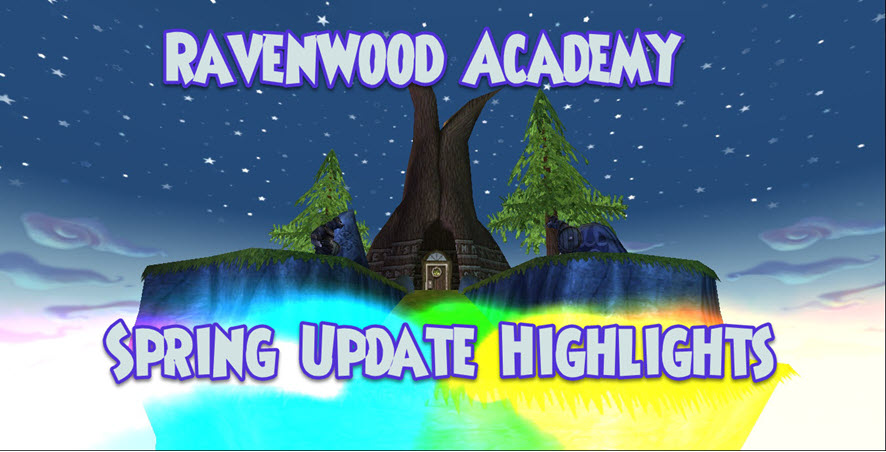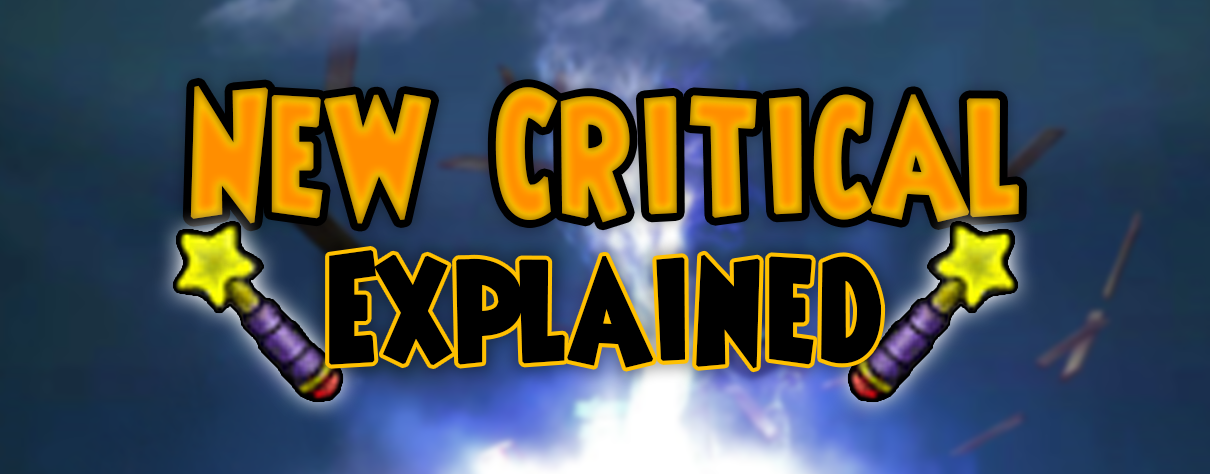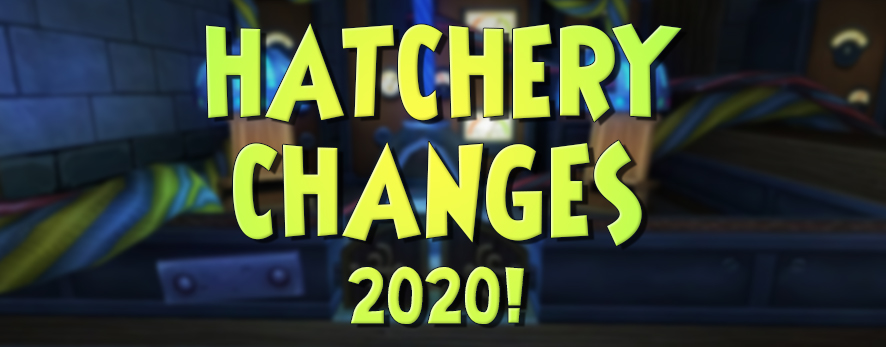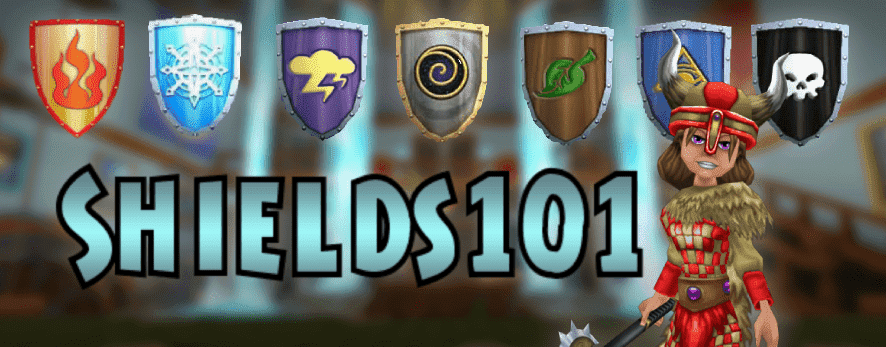Tag: w101
-

Spring Update Highlights
•
Greetings, Wizards of the Spiral. As we prepare for the Summer here at Ravenwood Academy, we’d like to highlight some of our favorite changes from the Spring 2021 Test Realm. Without further delay, let’s begin! New Skeleton Key Bosses Two new Skeleton key bosses have arrived in Grizzleheim and Karamelle.…
-

Critical Changes Explained
•
The New Critcal System Explained Hello Wizards, Nathan Shadowbringer, and Scot Moonshade here! We’re going to explain the recent changes to Critical and Block. Today’s article will revisit the previous age’s Critical and delve into the new system. We will examine the formulas to calculate your Critical Chance and damage…
-

Pet Lending
•
“Pet Lending gives Wizards a powerful in-person hatching option to lend their pet for hatching to another Wizard. And as a bonus you can do this without being charged Gold or having your Wizard’s Hatching Slot timer started. It’s a wonderful opportunity to exchange adventure stories as you also exchange…
-

Crafting101 – Azteca
•
Tonight we will learn how to craft an Eagle War Shield for Oztomeca’s quest, “Making the Grade.” Welcome back to Crafting101, young Wizard! After achieving Legendary Artisan, you will work to become a Transcendent Crafter. You may teleport to a friend to reach Oztomeca, like most other crafting quests. You…
-

Shields101
•
Shields are a type of ward and are the exact opposite of traps. While traps add damage to a spell, shields detract damage. Charms and blades trigger first, and wards go second. So any shielding you do will affect the spell with the charm buffs. There are three different types of…